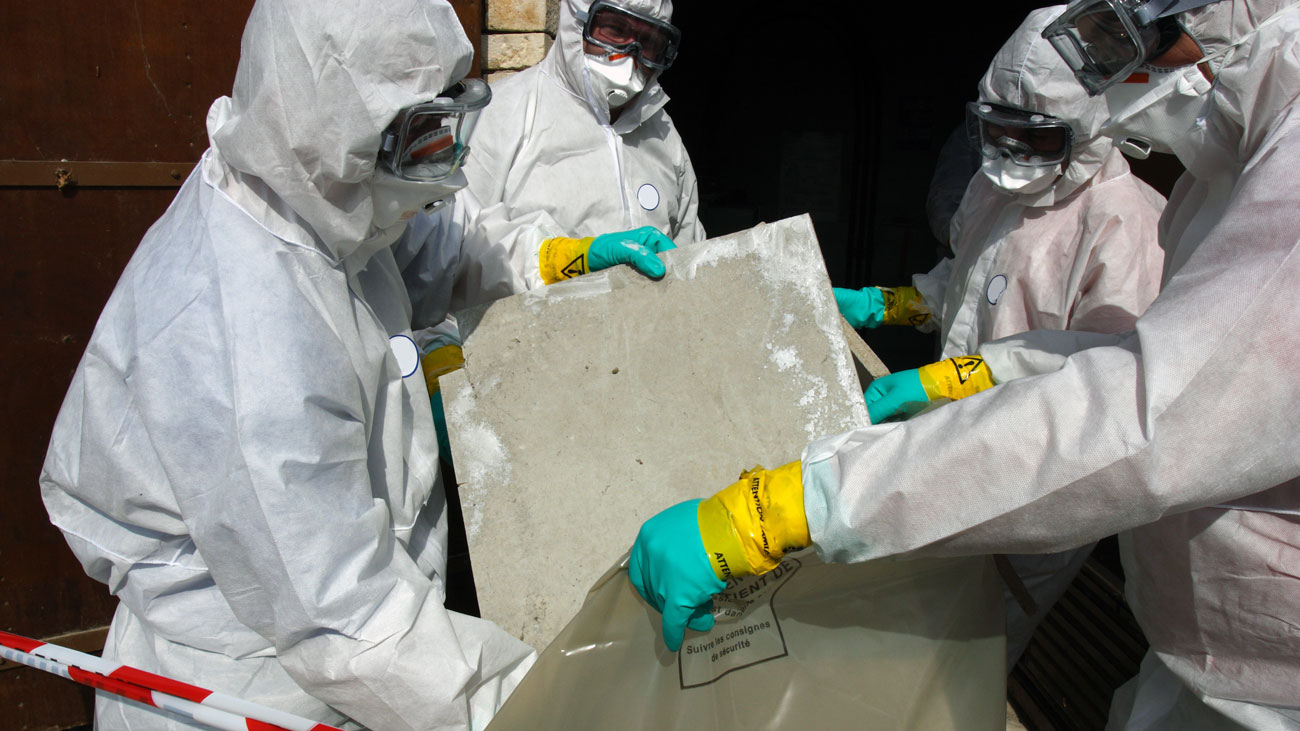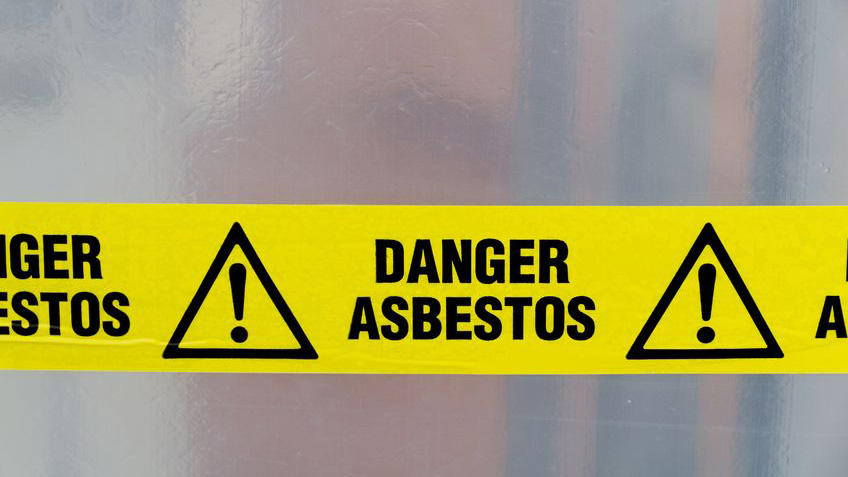
Government refuses to remove asbestos from non-domestic buildings by 40-year deadline
In April this year, the HSE’s asbestos management report called on the government to update its strategic plan to remove asbestos from non-domestic buildings. However, the UK government has rejected the key recommendations of the Work and Pensions Committee to remove asbestos by 2062. It has stated that the highest risk asbestos should be prioritised for removal first, in places like schools, which are in the highest asbestos risk category.
The House of Commons committee argued that the current evidence base for safe asbestos removal and disposal must be improved. Simultaneously, the committee recommended all plans and actions to be integrated with political governance proposals. This is to ensure net zero commitments are met whilst considering waste management strategies and ways to develop the built environment.
In response, the government stated that it believes the risk of exposure to asbestos will only increase if there is a fixed deadline it must meet to remove all asbestos. The government also made the argument that, where asbestos is managed safely, the risk remains low, and this should be the case until refurbishment works are planned. Additionally, if a removal deadline was to be enacted, many public estates would be subject to severe disruption if existing estate strategies could not fulfil the deadline.
Stephen Timms, MP, the select committee’s chair, said:
“The government argues that fixing a deadline for asbestos removal would increase the opportunity for exposure, but the risk is likely to increase anyway with the drive towards retrofitting of buildings to meet net zero aspirations. This strategy should prioritise the highest-risk buildings and urgently boost the evidence base for the safe removal and disposal of a material that is still the single greatest cause of work-related fatalities in the country.”
The government believes its “mature and comprehensive plan” to manage the risk of asbestos is fulfilled under its “duty to manage” in Regulation 4 of the Control of Asbestos Regulations 2012.
The purpose of Regulation 4 is to establish the presence and extent of asbestos in a building that is potentially damaging to occupants. Maintenance and assessment of the condition of asbestos within the building is also a key element of the regulation.
Although the government does not accept the existing deadline for asbestos removal, it did agree with the rate of elimination of asbestos in relation to current asbestos levels through refurbishment plans.
The Health and Safety Executive is currently carrying out national modelling as part of a post implementation review of the Control of Asbestos Regulations, to be published at the end of this year. HSE’s modelling reveals a significant decrease in the number of buildings containing asbestos in the next few decades.
The UK health and safety regulator plans to undertake research that will add value to the HSE’s model, to define the scale and locations of building at higher risk of asbestos to create guidance on future work and priorities.
The HSE recommends the creation of a central digital register of asbestos in non-domestic buildings, tagged with descriptions of the location and type of buildings. However, this was met with opposition by the government, which stated that a new central register would require duty holders and the government to dedicate significant resources to it. It also argued that, under the Control of Asbestos Regulations, duty holders are already required to record certain information, and that this new register would only provide duplicated material. Ultimately, it was seen that this new measure would not improve the risks associated with asbestos exposure.
The government said the creation of a new central register “could undermine the active requirement on duty holders to manage asbestos in non-domestic premises on an ongoing basis”.
The HSE has been called upon to include a much more thorough written assessment in moving towards more stringent asbestos occupational exposure limit like those in Europe. The House of Commons select committee suggested a move to a lower occupational exposure limit, but both the government and the HSE do not believe this move could be justified. In the UK, asbestos is controlled using occupational exposure limits, which act as indicators for when action should be taken. This level differs to the level of expected exposure a worker may be subject to over their working life.
Unlike many other countries, the UK does have a framework in place to reduce the exposure of carcinogens to as low as practically possible, which fall under the Control of Substances Hazardous to Health and the Control of Asbestos Regulations 2012.
Head of Health and Safety at IOSH, Ruth Wilkinson, said:
“Asbestos remains a global challenge to both occupational and public health. IOSH was pleased to support the Work and Pensions Committee inquiry and we supported the recommendation for there to be an overall ‘plan’ developed by the government and HSE. But removing asbestos is something which is fraught with risks, so we called for caution over doing this without considering research and evidence around safe removal and disposal. We requested that any options, planning, and decision stages consider all hazards and risks in relation to ‘in-situ’, removal, transportation, and disposal.
“We would like to see a collective effort by policy makers, government, regulators, employers, and worker representatives to address this. This action should be part of a strategic plan which is aligned to the built environment and net zero initiatives. Such a plan must have a focus on duty holders and the competence of individuals and include the development of clear guidance around managing asbestos. It should also include enforcement. Also essential to it is improved training for employees, which raises awareness of the dangers of exposure, informs them how to deal with asbestos and what to do if they come across it.”



